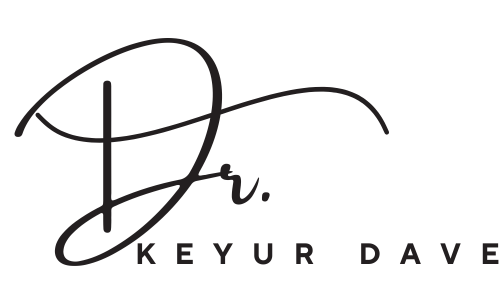Acute Kidney Injury (AKI)
Acute Kidney Injury (AKI): Rapid Diagnosis and Intervention Protocols
Acute Kidney Injury (AKI), formerly known as acute renal failure, is a sudden decline in kidney function occurring over hours to days. It leads to the accumulation of waste products, fluid imbalance, and electrolyte disturbances. Prompt recognition and management of AKI are critical to prevent permanent kidney damage or progression to chronic kidney disease (CKD).
🚨 What Causes AKI?
AKI is broadly categorized into three types based on its underlying cause:
-
Pre-Renal AKI: Due to decreased blood flow to the kidneys (e.g., dehydration, heart failure, hypotension).
-
Intrinsic AKI: Direct damage to kidney tissue (e.g., acute tubular necrosis, glomerulonephritis, drug toxicity).
-
Post-Renal AKI: Obstruction of urine outflow (e.g., kidney stones, enlarged prostate, tumors).
🔬 Early Diagnosis: Key to Better Outcomes
Diagnostic Measures:
-
Serum Creatinine & eGFR: Rise in creatinine levels is a hallmark of AKI.
-
Urine Output Monitoring: Less than 0.5 mL/kg/h for more than 6 hours suggests AKI.
-
Urinalysis: Detects protein, blood, or cellular casts indicative of intrinsic damage.
-
Imaging: Renal ultrasound helps identify obstruction or structural abnormalities.
Early warning signs include:
-
Sudden reduction in urine output
-
Swelling in legs, ankles, or around the eyes
-
Fatigue, confusion, or shortness of breath
🛠️ Intervention and Management Protocols
1. Immediate Supportive Care
-
Optimize fluid balance—either volume resuscitation in pre-renal AKI or fluid restriction in fluid overload.
-
Discontinue nephrotoxic medications (e.g., NSAIDs, contrast agents).
-
Correct electrolyte imbalances, especially hyperkalemia and acidosis.
2. Identify and Treat Underlying Cause
-
Infections → prompt antibiotics
-
Obstruction → catheterization or surgery
-
Autoimmune diseases → corticosteroids or immunosuppressants
3. Renal Replacement Therapy (RRT)
-
Initiated when there is:
-
Severe acidosis or hyperkalemia
-
Fluid overload unresponsive to diuretics
-
Signs of uremia (confusion, pericarditis)
-
-
Modalities include intermittent hemodialysis, continuous renal replacement therapy (CRRT), or peritoneal dialysis.
🧭 Prevention and Monitoring
-
Monitor kidney function closely in hospitalized or high-risk patients.
-
Avoid contrast dye unless necessary; use alternatives when available.
-
Ensure hydration before and after procedures involving potential nephrotoxins.
-
Use standardized criteria like KDIGO guidelines for AKI staging and intervention.
🩺 Prognosis and Follow-Up
While many cases of AKI are reversible, severe or prolonged episodes increase the risk of:
-
Progression to CKD
-
Cardiovascular events
-
Hospital readmissions
Follow-up care includes nephrology consultation, repeat kidney function tests, and management of any residual impairment.
✅ Summary
Acute Kidney Injury requires rapid identification and evidence-based intervention to prevent serious complications. Proactive risk assessment, timely fluid management, and the avoidance of nephrotoxins are central to AKI care. Collaboration among emergency, critical care, and nephrology teams is essential for optimal outcomes.
📞 Contact Information
To schedule an appointment or learn more about dialysis treatments:
-
Phone: +91 81081 67176
-
Website: https://drkeyurdave.com/
- Website: https://niramaya-healthcare.com/

.png)